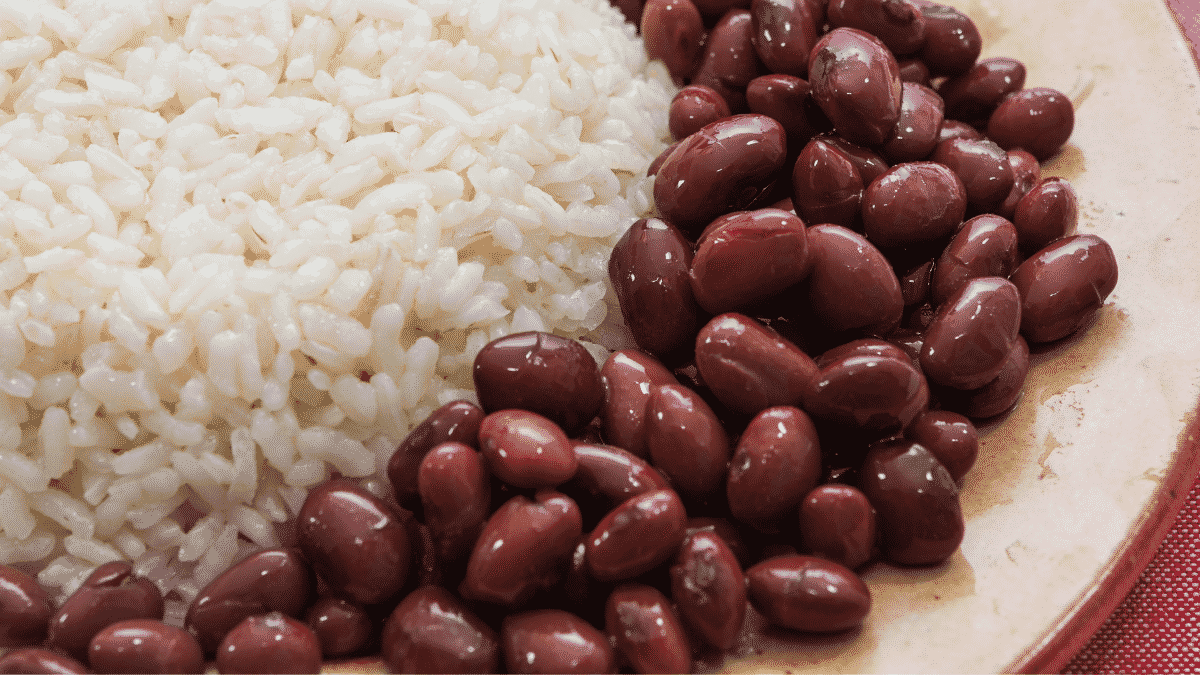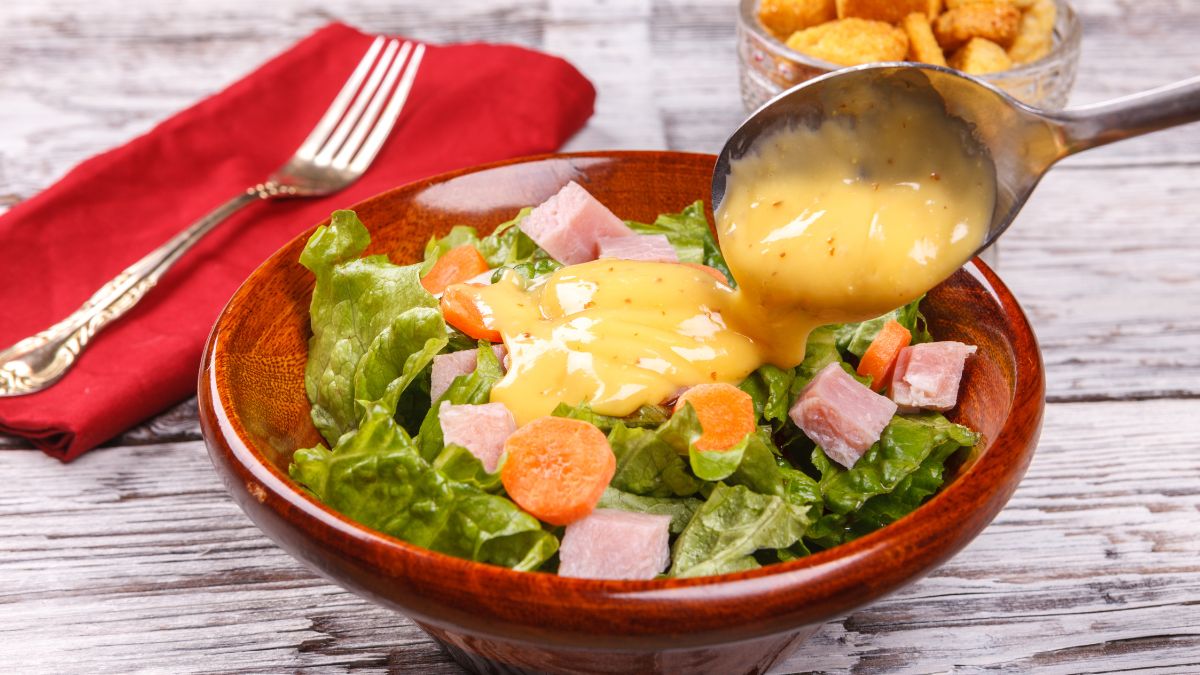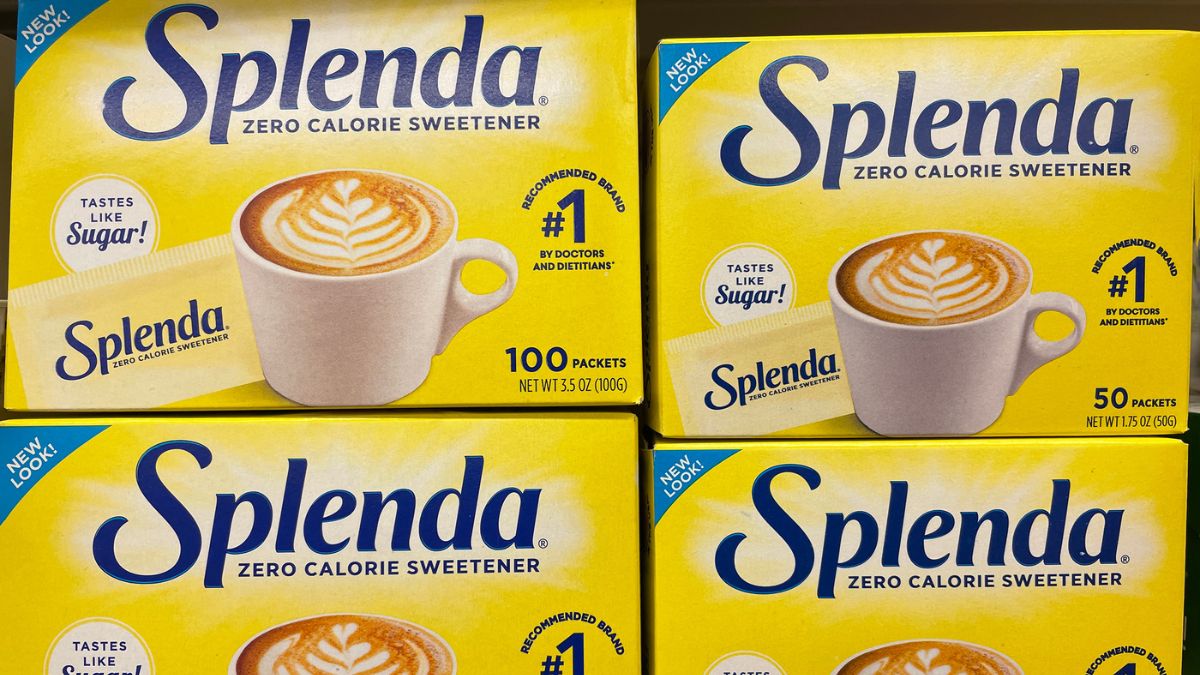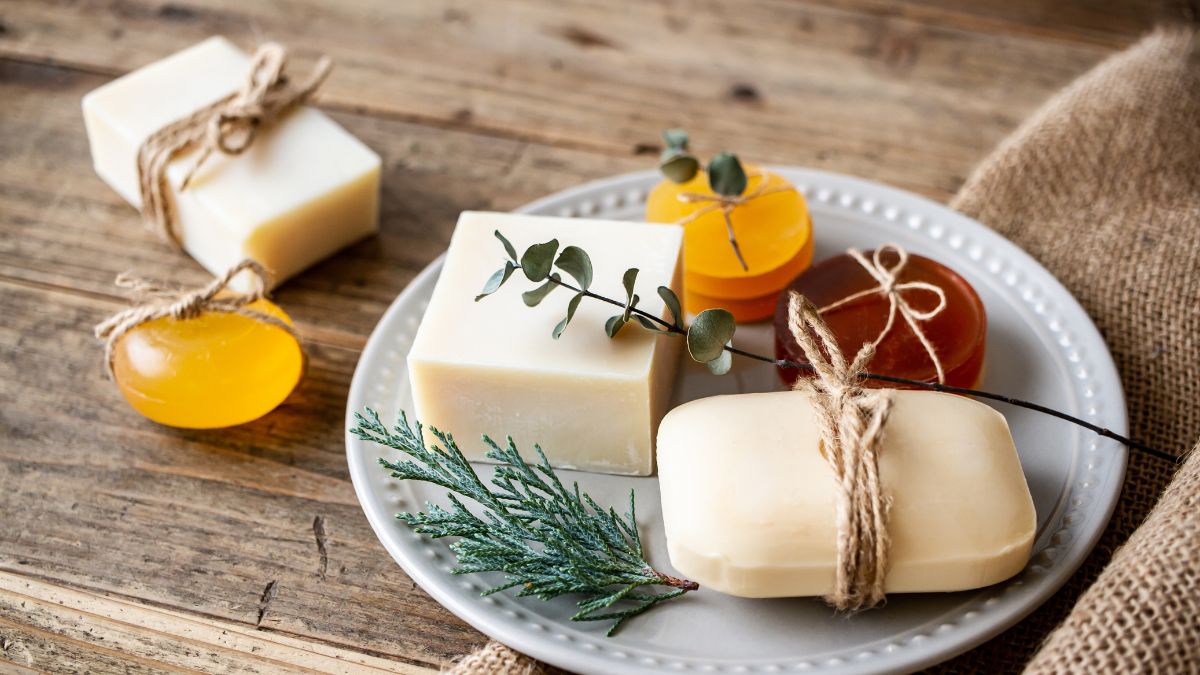Answer: Yes. Vegans can definitely eat beans and rice since both are vegetables.

Can Vegans Eat Beans and Rice?
Few food items are as easy to prepare as beans and rice recipes. They can serve as a quick fix after a long day, a fancy side dish, or a proper meal. They’re both very wholesome food items that give you taste and variety.
Beans are mature legumes, and rice is a cereal grain valued in most food cultures. So, they’re integral to vegan diets regardless of taste and preference. There are tons of beans and rice recipes that are available out there today. And you’ll miss out on some great meals if you don’t check them out.
Health Benefits
Beans and rice combine to make a rich source of nutrition and taste in one meal. Add some leafy veggies, fruits, and nuts, and you’re already pretty to an ideal balanced diet. Take a look at these food items individually, and you’ll get a better idea of how they combine to make a great meal.
Beans
When you think of beans, naturally, two types come to mind – canned or dry beans. Dry beans are usually more natural and healthier because they are harvested from the dry seed pod. Regardless of type, these beans are great sources of protein and fiber, essential to a healthy diet.
Beans come in different varieties too. You can have black beans, red beans, kidney beans, pinto, pink, navy, etc. But they all give almost the same protein intake and decent fiber levels.
Let’s look at a nutrition breakdown in some common varieties of beans.
| Type of Beans | Proteins (g) | Carb (g) | Dietary Fiber (g) |
|---|---|---|---|
| Black | 8 | 20 | 8 |
| Navy | 8 | 24 | 10 |
| Great Northern | 7 | 19 | 6 |
| Pinto | 8 | 22 | 8 |
| Small Red | 6 | 19 | 6 |
| Dark Red Kidney | 8 | 19 | 8 |
| Pink | 8 | 24 | 6 |
You’ll notice that specific varieties of beans can vary a little on carbs and fiber. While the Great Northern Beans have lower dietary fiber, Navy beans have a higher fiber level. Pink and Navy beans give you more carbs, but pink beans may have more net carbs. These variations are, however, negligible. And they don’t drastically change the nutritional value of one bean from another.
Let’s look at another table that can summarize beans’ fat and sodium levels.
| Type of Beans | Fats (g) | Sodium (mg) |
|---|---|---|
| Black | 0.5 | 1 |
| Navy | 0.6 | 0 |
| Great Northern | 0.4 | 2 |
| Pinto | 0.6 | 1 |
| Small Red | 0.5 | 1 |
| Dark Red Kidney | 0.2 | 4 |
| Pink | 0.5 | 1 |
Beans have very low fats and sodium levels, which can be harmful in large quantities. Also, most beans are rich in minerals like potassium, manganese, and manganese. This healthy balance of carbs, fiber, and minerals makes them an excellent addition to any healthy meal.
Rice
Rice remains a staple food for more than half of the global population, and it’s easy to see why in 2025. This versatile grain thrives in diverse climates and is packed with essential nutrients that support a healthy diet. While there are many types of rice—such as basmati, risotto, sticky, and red rice—they generally share similar nutritional profiles. The most meaningful comparison to make is between white rice and brown rice, as these two forms differ significantly in their health benefits. Understanding these differences can help you choose the best rice variety to suit your dietary needs this year.
Let’s look at the nutrition values for 1 cup of cooked rice for both white and brown.
| Nutrients | White Rice | Brown Rice |
|---|---|---|
| Calories | 205 | 248 |
| Protein (g) | 4.2 | 5.5 |
| Fat (g) | 0.4 | 2 |
| Carb (g) | 44.5 | 52 |
| Fiber (g) | 0.6 | 3 |
| Sugar (g) | 0.1 | 0.5 |
| Phosphorus (g) | 68 | 208 |
You’ll first notice what makes rice a staple food item – calories and carbs. It gives you more energy to go about your day than most other food items. Rice is also rich in minerals, but we included only the phosphorus value because it has the most difference. The overall numbers show brown rice has more nutrition because it’s closer to its natural state.
Beans and rice are an excellent addition to any vegan diet. And there are numerous ways of preparing them into scrumptious meals. Next time you run out of meal ideas, whip up something with the rice and beans in your kitchen. You’ll be all set with the strength and energy to face the day.




